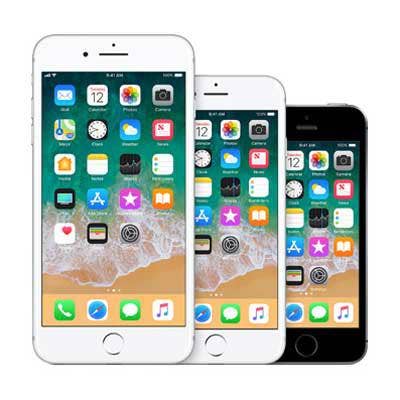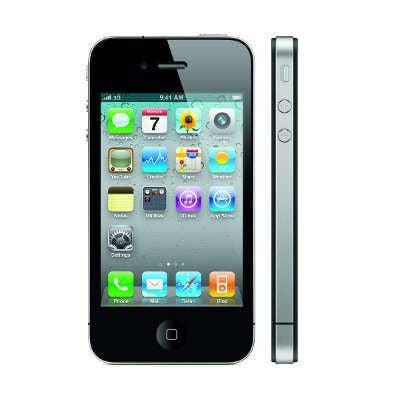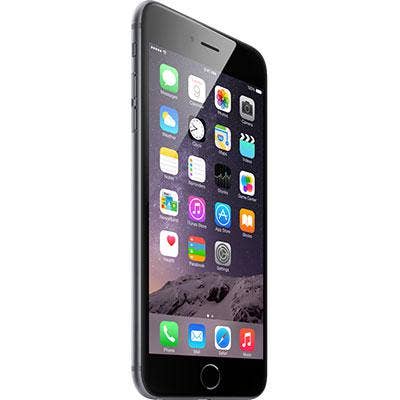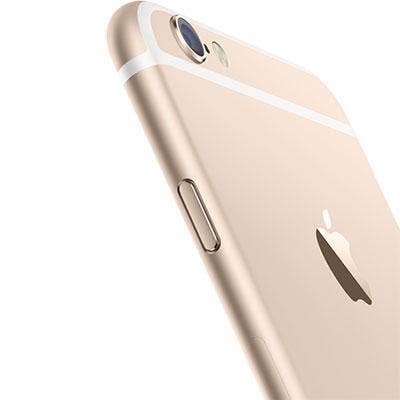5 Major iPhone Flaws Over The Years

Nobody's Perfect
While it's not quite a Galaxy Note7-level situation yet, a number of separate reports say Apple's new iPhone 8 Plus is spontaneously breaking open for some customers, apparently as a result of a swelling battery. Apple says it's investigating the reports, which have surfaced over the past two weeks from countries including Canada, Greece, Japan and China. If this turns out to be a more widespread issue, it wouldn't be the first time Apple's iPhones have suffered from a significant design flaw. In the following slides, the CRN Test Center takes a look back at five of the worst iPhone flaws during the first decade of the device.

Antennagate
The iPhone 4's antenna flaw, which caused a weakened signal when the device was held in a particular way, is notable not just because of the headaches it caused for users. The incident is also remembered because of how Apple responded to it -- with strong denials, and even admonishment of users who had complained. At least at first. The problems were harder to ignore after Consumer Reports pointed them out, and Apple ultimately provided a special rubber case to iPhone 4 owners as a solution.

Bendgate
Apparently as a result of its thin design, the iPhone 6 Plus was prone to bending under certain conditions -- such as if a user sat down with the phone in their pocket for long stretches. Apple argued that the instances of this happening were rare, but reportedly agreed to replace some bent devices. Apple would go on to utilize a stronger type of aluminum in the design of the next-generation model, the iPhone 6S Plus.

Touch Disease
In an issue apparently related to the bending flaw, the iPhone 6 Plus also suffered from so-called "touch disease." The issue caused the display to lose touch responsiveness over time, while a gray bar would flicker on the top of the screen. Repair businesses attributed the issues to a loosening of the chips that enable touch capabilities inside the phone. Apple initiated a repair program for the problem, but it wasn't free -- users were required to pay $149 to get the fix.

Overheating
Incidents of overheating iPhones -- and even the occasional reported explosion -- have cropped up plenty of times over the years. But perhaps the most widespread case was with the iPhone 3GS. Numerous reports suggested that the 3GS would tend to get hotter than prior iPhones, particularly when charging. Apple ultimately responded by issuing a warning about the risk of overheating with the iPhone 3GS, with the company cautioning against the leaving the phone in direct sunlight or using GPS in hot conditions.

Apple Maps
Aside from the hardware issues, the iPhone has also seen serious problems with built-in Apple software on occasion. The foremost example is Apple Maps, which launched in iOS 6 and replaced Google Maps as the default iPhone mapping app. In a nutshell, while Google Maps had worked well, Apple Maps did not. Wrong information abounded, key details were missing, and many real-world map images were faulty (the Statue of Liberty was initially unrecognizable, for instance). Apple didn't give up on Maps and went on to fix many of the issues, though the company did reportedly fire the project's manager, Richard Williamson.